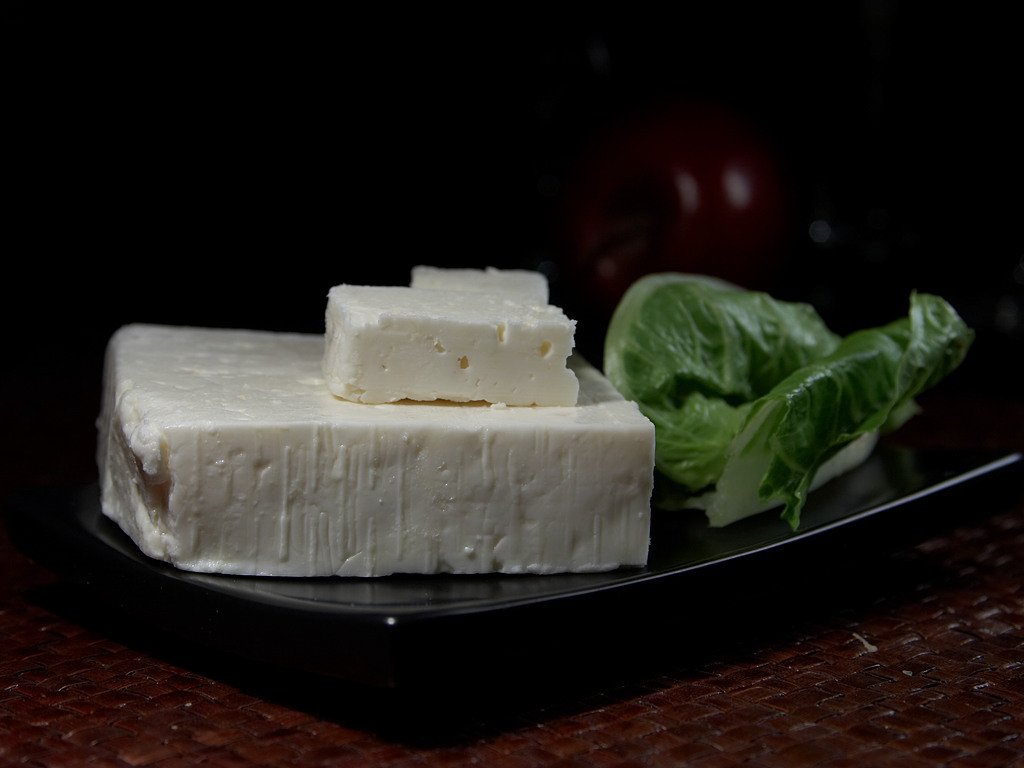All about feta cheese

If you travel to Greece, it won’t take long before you see or taste feta cheese. This is an important ingredient in Greek cuisine, and it partly responsible for its world-famous taste. But what is feta cheese actually and how can you use it? Learn all about it in this article. καλή όρεξη!
Feta cheese is a Greek cheese, made from goat and sheep milk. Feta is a protected name, much like parmesano from Italy and champagne from France. Therefore, it can only be produced in certain regions. These are the Peleponnese, Thrace, Macedonia, Thessaly, Central Mainland Greece, and Lesvos.
Feta is a cheese that is often used in Greek dishes. It adds a zest to meals that eliminates the need for salt. Feta cheese is cut into blocks and packed in brine. There is also a variety that’s diced or crumbled. While there is no taste difference, the block version will keep longer.
Many regions have a cheese that is similar to feta. Examples are halloumi from Cyprus, ricotta from Italy, and cottage cheese that is sold in the Anglosphere. However, there are noticeable differences in taste and texture, making them unsuitable if you want to whip up a real, Greek dish.
Feta cheese is made from a mixture of sheep milk and goat milk. However, the goat milk content cannot be more than 30 percent. After pasteurizing the milk, the cheese carmers add lactic acid starter culture to the mix. These help the whey separate from the curds. Then, rennet is added. The curd gets its shape from draining the whey and placing it in molds for 24 hours.
Once the curd is more solid, it is cut into blocks and salted. The feta cheese is then placed in metal containers or wooden barrels for up to three days. Lastly, the blocks of feta are placed in a salted solution and put in a refrigerated room for two months. After this, it is packaged in brine, that helps preserve the freshness.
Feta cheese contains protein, calcium, zinc, vitamin B6, vitamin B12, iron, and magnesium, among other nutrients. It is lower in fat than many other cheeses. As such, this can be a good source of nutrients for bone health. Additionally, the probiotics (Lactobacillus plantarum) in feta cheese promote gut and immune system health. On the flip side, feta is very salty and can push you over the RDI. This problem can partly be tackled by rinsing the feta cheese with salt before adding it to your dishes. Also, pregnant women are advised against eating feta cheese.
Feta cheese is incredibly versatile. It can be eaten in any dish and indeed, in Greece it is a true mainstay with almost any meal, together with olive oil. We all know feta cheese from the Greek salad, that includes green peppers, red onion, tomatoes, cucumber, and black olives. But feta cheese is also used for cooking, for example as part of shrimp saganaki. You can even find feta in your good old gyros.
